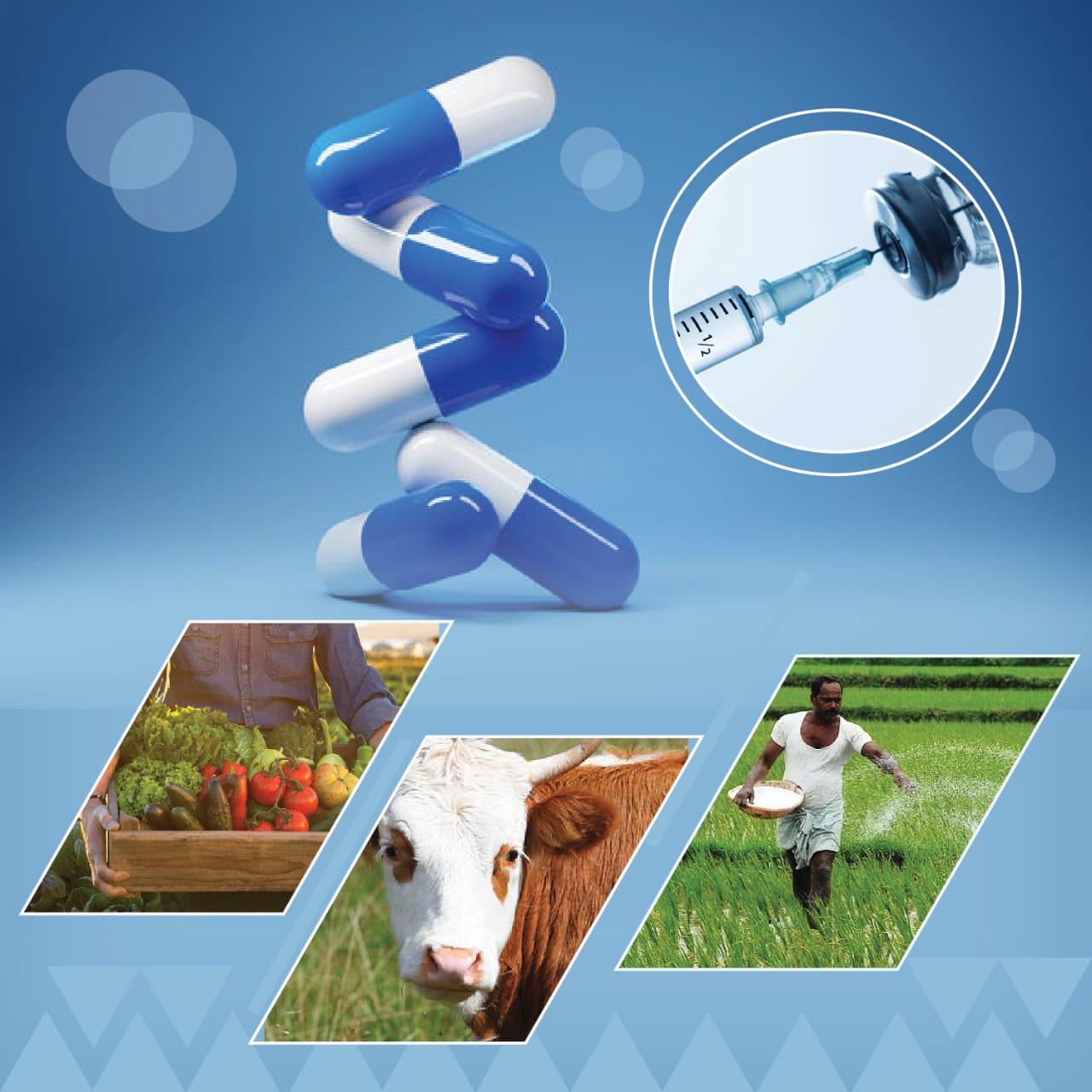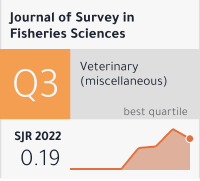Crop And Ethnomedicinal Plants Proteomics In Response To Salt Stress
DOI:
https://doi.org/10.53555/sfs.v10i2.1519Keywords:
Salt Stress, Medicinal plants, Yield, Seed germination, Seedling growthAbstract
Medicinal and aromatic plants are cultivated for different plant parts and their active constituents are used in many ways, especially for drugs. Owing to their high curing value and wild occurrence in diverse environments, they have been considered to be promising plants for marginal lands, new reclaimed-soils and semi-arid regions. The high yielding genotypes of these plants are very encouraging, because a substantial number of literatures reports on the response of medicinal and aromatic plants to salinity stress. Little information is available on medicinal and aromatic plants. The general objective of the future studies is better understanding of the response of medicinal and aromatic plants to salinity stress by evaluation of the relative tolerance of different medicinal and aromatic plants and their sensitivity at different plant stages; and how different environmental conditions affect salt-stressed medicinal and aromatic plants; morphological and physiological traits that contribute to salinity tolerance in medicinal and aromatic plants; the ameliorative effects of nutrition and other treatments on growth, mineral uptake, photosynthesis and active constituents of salt-stressed plants; alleviate the mechanisms of salt resistance in medicinal and aromatic plants.









